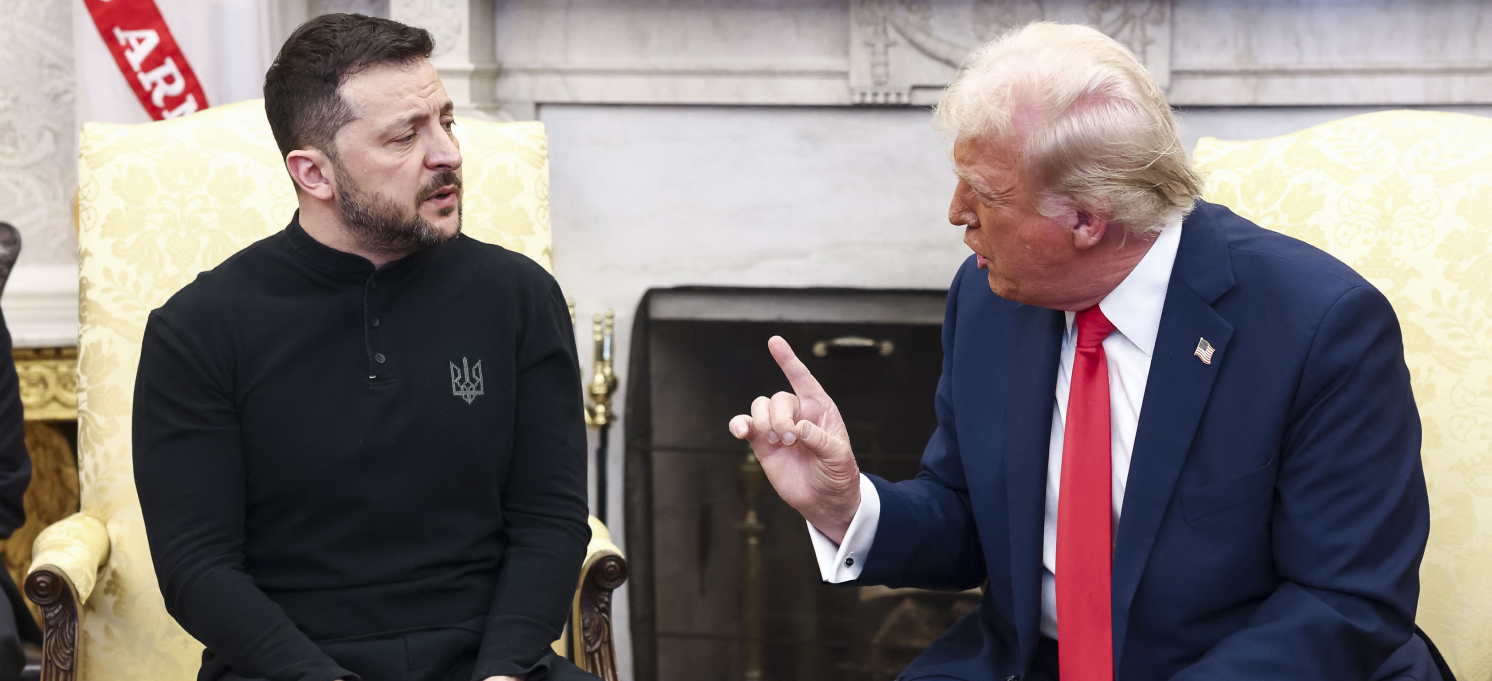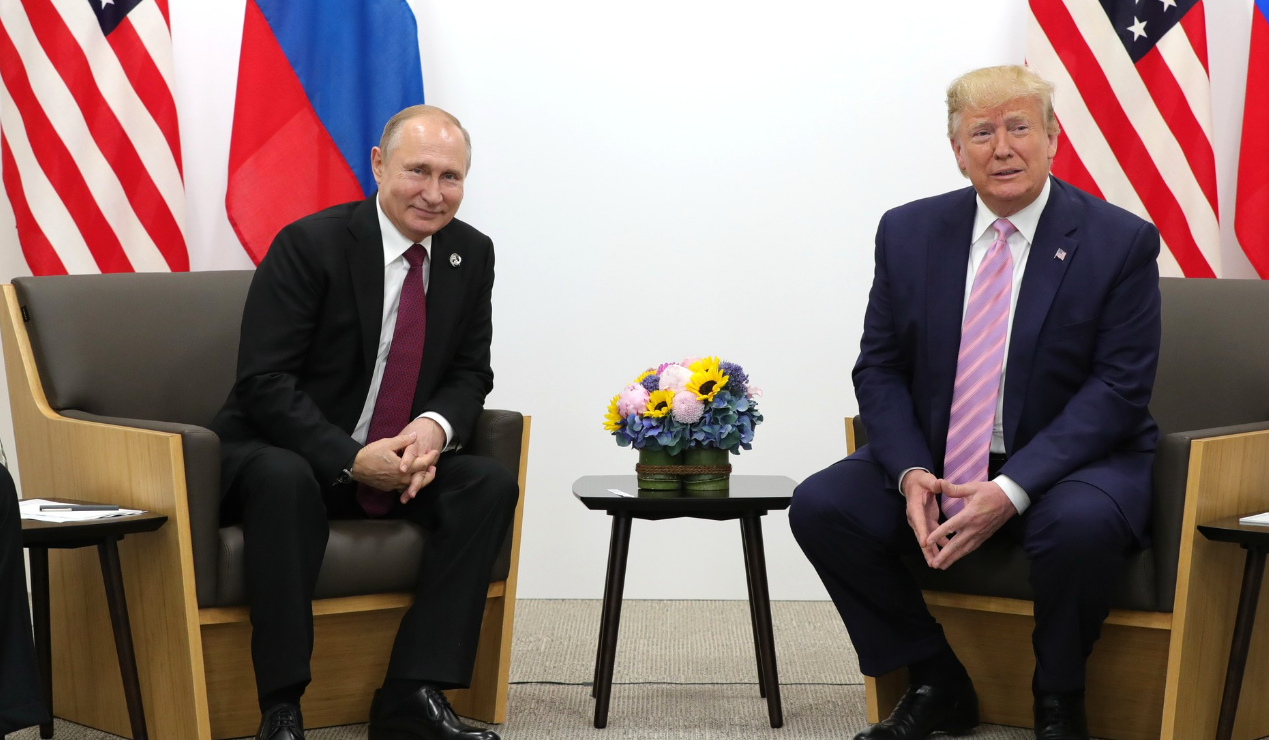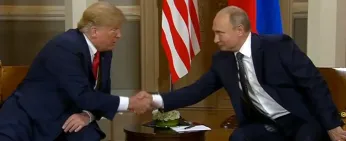
The economic impact of Ukraine’s incursion into Russia
Hello! Welcome to your weekly guide to the Russian economy — written by Alexander Kolyandr and Alexandra Prokopenko and brought to you by The Bell. This time our top story is a look at the economic fallout for Russia of Ukraine’s attack on the Kursk region. We also look at why Raiffeisen has decided to speed up its exit from the Russian market.
Ukrainian cross-border attack to fuel Russian inflation, tighten labor market
The situation on the ground in Russia’s Kursk region has changed so rapidly since Ukraine’s incursion began earlier this month that predictions how it will unfold are better left to military analysts. From an economic point of view, though, it’s clear that the incursion – and Russia’s response – will further exacerbate labor shortages, and drive inflation even higher.
Money for the military
The Ukrainian attack has struck squarely at one of Russia’s economic sore points: the labor market. Right now, Russia’s armed forces, its bloated defense sector, and the civilian economy are all competing for the same workforce. And the need for both soldiers and contractors that the Ukrainian attack has sparked will lead to this competition intensifying.
Defense Minister Andrei Belousov pledged to call up additional forces and resources to protect people and local infrastructure in Russia’s western border regions at an official meeting on Thursday. However, while it’s not too difficult to find the money for this, human resources are a different story. For almost a year there has been no spare capacity in Russia’s labor market.
We do not know the details of the Kremlin’s plans to strengthen the border. However, we can safely assume that they’ll be looking to find tens of thousands of men.
Right now, there are no public discussions among officials about another round of mobilization. And the Kremlin appears to be trying to hold up its unwritten agreement not to deploy conscripts to the frontlines in Ukraine. That means replacing conscripts with contract soldiers in the three hitherto relatively calm regions adjacent to Ukraine – and these contract soldiers need either to be recruited, or transferred from occupied territory in Ukraine.
The only source of new recruits will be those who join up as contract soldiers. Every new recruit gets multi-million ruble sign-on payment, with different Russian regions competing to make the most attractive offer. Russian President Vladimir Putin fueled this sign-on bonus inflation at the end of last month when he doubled the federal payments made to new recruits. If Russia needs more men to beef up border security, these payments will have to increase even more.
Surging civilian salaries
As well as soldiers, the Kremlin will also need civilian manpower to strengthen the border and build fortifications along the new front line. There are already adverts appearing on Russian job sites for construction workers to dig trenches. They promise wages of up to 210,000 rubles a month ($2,300), which is twice the average Russian salary, and twice as high as the archived adverts offered a year ago for the similar job. Again, it’s unclear how many people would be needed to properly fortify all of Russia’s borders with Ukraine, but judging by the length of the border the numbers are likely to run to the tens of thousands.
In addition, extra resources are needed to evacuate and resettle internal refugees, as well as maintain order in the areas affected by the incursion. More than 120,000 people have already been evacuated from Kursk region’s border zones, and a further 180,000 could be moved in the future, according to Kursk region governor Alexei Smirnov.
Kursk region was designated the site of an “emergency situation of federal importance” last week, which means that crisis spending will come from the federal budget (not the regional one). The costs are likely to run to many billions of rubles.
Within two weeks, Russian officials will start discussing the 2025 budget. It’s clear that the military and the security agencies will demand more money to secure the country’s borders (in a similar way to how, after the uprising led by Wagner mercenary leader Yevgeny Prigozhin, the National Guard asked Putin for tanks and artillery). At this stage, it's difficult to say how Russia’s spending might change next year, but we can guess that, instead of merely remaining high, spending on defense and security could increase. And more spending means more inflationary pressure.
The Ukrainian invasion also impacted the ruble exchange rate. After falling 6% in the immediate aftermath, the ruble recovered half of what it lost. However, a weaker, more volatile ruble would be another driver of inflation.
Why the world should care
If Russia needs about 50,000 people to respond effectively to the Ukrainian incursion, that’s less than 0.1% of the total labor force. However, there is an acute labor shortage in Russia at the moment, and the withdrawal of tens of thousands of workers will only add to the pressure on the workforce and wages. It seems likely that the Ukrainian invasion will delay any fall in inflation, as well as forcing the Central Bank to maintain high interest rates for longer. The Kremlin’s war in Ukraine is not only spreading to Russia, it’s getting even more expensive.
Austria’s Raiffeisenbank to restrict foreign currency transfers
Under pressure from European regulators, Austrian bank Raiffeisen’s exit from the Russian market appears to be speeding up. Raiffeisen, the twelfth biggest bank in Russia, announced Thursday that it will halt all cross-border currency transfers. This was in line with a decision from the bank’s majority shareholder, Austria’s Raiffeisen Bank International, in response to orders from the European Central Bank.
- Raiffeisen’s decision will create problems for both companies and individuals who receive an income from Russia, or who want to sell Russian assets while located abroad. It will apparently also complicate things for legal importers.
- The cross-border currency services provided by Raiffeisen are one of the few ways Russians can still send funds denominated in U.S. dollars and euros in and out of the country. The bank was making significant profits from this service, and was in no hurry to shut it down.
- After Sept. 2, cross-border transfers via Raiffeisen will only be possible in rubles. But there are few countries that will accept them: if we are talking about bank transfers (with possible conversion into local currencies), the destinations of such transfers will likely be limited to some former Soviet countries including Armenia, Kyrgyzstan, Tajikistan and, with some restrictions, Kazakhstan.
- These measures are the bank’s response to pressure from the European authorities. The European Central Bank said in May that European banks still operating in Russia should leave to avoid being hit by U.S. sanctions.
- There has also been pressure on Raiffeisen in Ukraine, where the authorities have demanded its departure from Russia. In recent months, Raiffeisenbank has been steadily imposing more and more restrictions on Russian clients. Halting currency transfers in some foreign currencies is the latest step.
Why the world should care
In many ways, Raiffeisen’s decision illustrates the contradictory impacts of Western sanctions. The restrictions on currency transfers will make life harder for ordinary Russians, but will do little to halt payments for the shadow imports that fuel Russia’s war machine. In addition, they will increase Russia’s capital account surplus by denting capital outflow.
Figures of the week
- About $2.3 billion worth of U.S. dollars and euros has ended up in Russia despite a ban imposed on importing cash in U.S. dollars and euros, Reuters reported Monday. A significant part of that arrived via Turkey and the United Arab Emirates. The sources of the remaining cash are unknown. While $2.3 billion is a sizable sum, it is far less than the pre-war flow of foreign currency. In just the four months before Russia’s full-scale invasion of Ukraine, $18.9 billion of cash entered Russia.
- Inflation in Russia is rising again. According to the State Statistics Service, from Aug. 6 to Aug. 12 consumer prices rose 0.05%. The previous week saw no price growth. In annual terms, inflation hit 9.1%, despite the fact that this time of year usually brings deflation on the back of cheap, newly-harvested fruit and vegetables.
- The end of Russia’s subsidized mortgage programme has had a cooling effect on real estate prices. After the programme ended, the price of a new-build apartment in July was up just 0.4% (in Moscow, prices fell 0.2%), according to analytical firm DOM.RF. That’s significantly less than in recent months. In June, prices rose 1.4%, while in May it was 1%. Since the start of the year, the cost of new-build housing has increased 5.9%.
Further reading
Russia’s Post-War Military Recruiting Strategy Emerges
Ukraine’s Kursk Raid Echoes the Past and Offers a Glimpse of the Future





